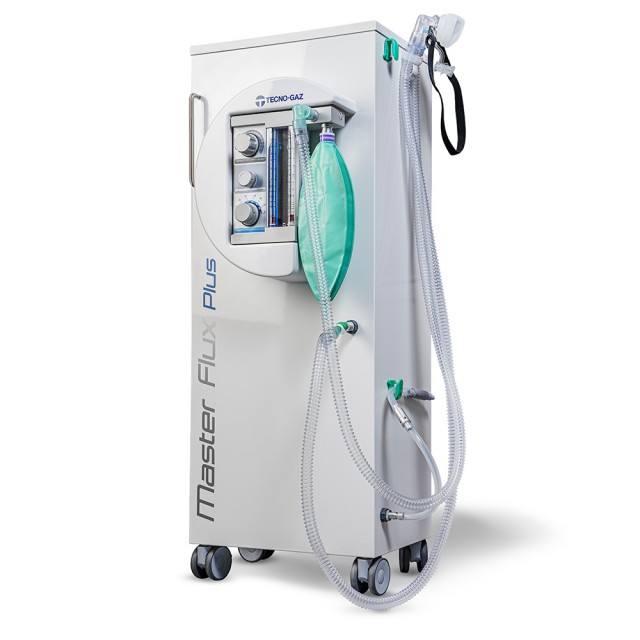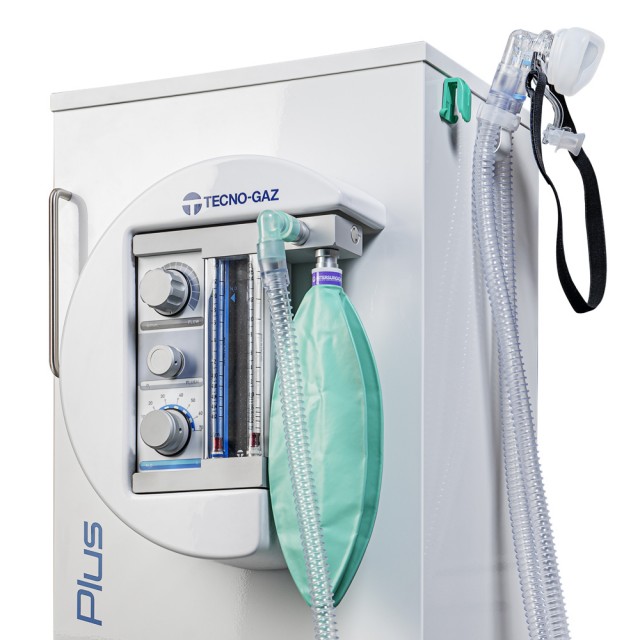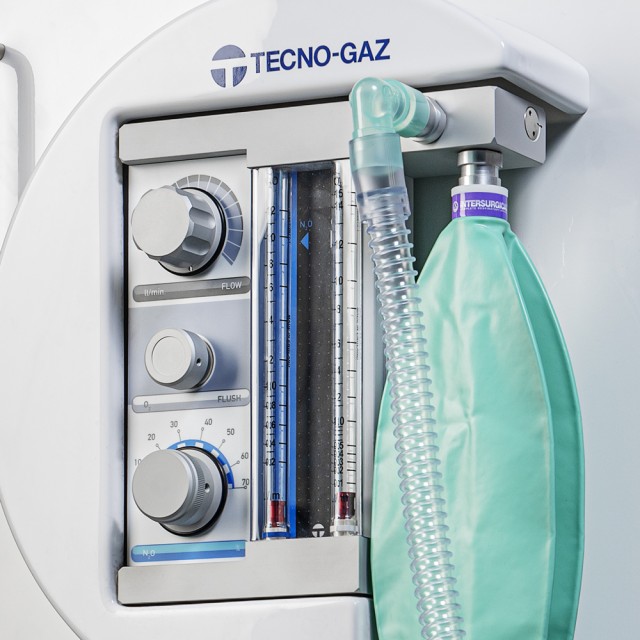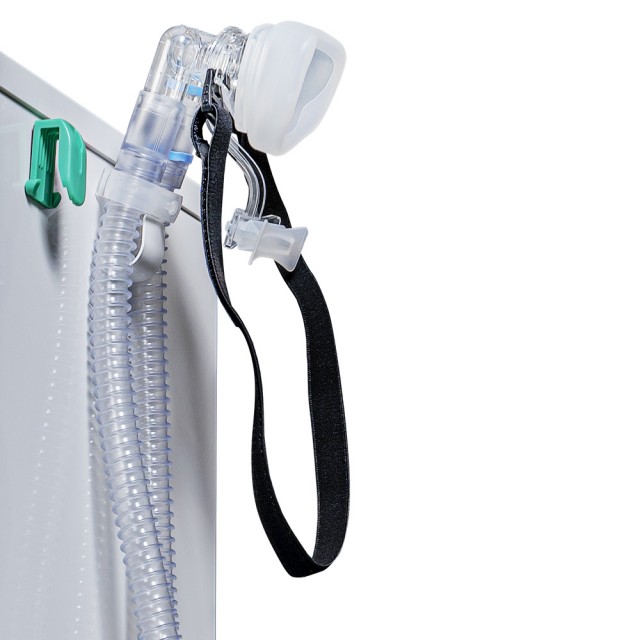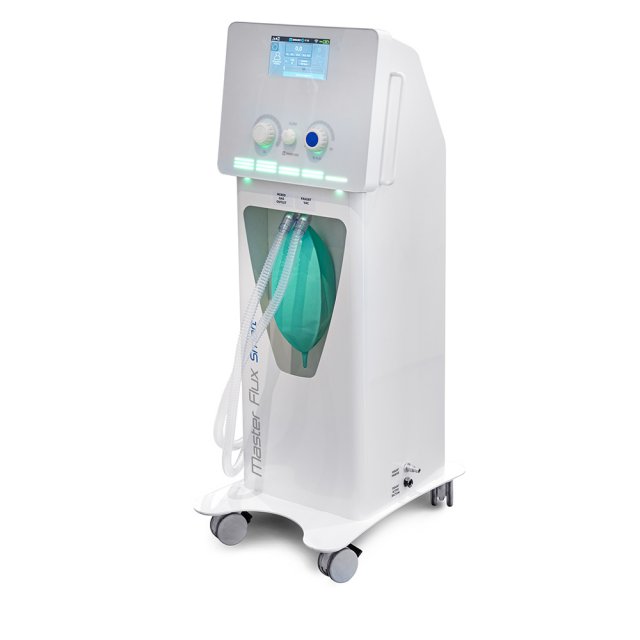
Sedation
Master Flux Plus
Anaesthesia station
Conscious sedation is a technique that is widely used throughout the world and is highly recommended by the European Dental Council (EDC) as an anaesthesia technique whenever the treatment and the case allow it. The controlled delivery of the gas mixture of oxygen and nitrous oxide by air causes a relaxing effect, which reduces the emotional load, pain perception and anxiety. The patient is easier to care for, more collaborative, without altering his or her understanding and reflexes. The CED recommends a 14-hour training course to optimise the use of the technique and to master its limits.
The benefits are numerous:
-
Treatment of patients who are stressed and whose fear of the dentist is impossible to control.
-
Pedodontics.
-
Loss of the notion of time, facilitating long surgical treatments.
-
Increased analgesic effect.
MASTER FLUX PLUS offers very high level features, methodically improved thanks to our experience of over 25 years:
-
Emergency button that interrupts the delivery of nitrous oxide
-
Immediate and immediate automatic gas distribution.
-
The maximum possible mixture, by design, is 30% oxygen and 70% nitrous oxide, avoiding any risk of hypoxia and anoxia.
-
Mobile, stable, compact and discreet.
-
The pressure reducers that connect the cylinders and the box are mounted inside the cabinet, hidden from the patient's view.
-
The different screw threads of the reducers do not allow for a wrong connection to a wrong cylinder.
The range of devices for conscious sedation by Tecno-Gaz uses INTELLIFLUX, a line of circuits and masks for the inhalation and expulsion of the gas mixture. INTELLIFLUX consists of:
-
4 masks, size 1 (child), 2, (junior), 3 (adult) and 4 (large), made up of a hard plastic part and a soft part, which perfectly fits the shape of the face and prevents any gas leakage.
-
The forehead support ensures perfect stability of the mask.
-
Two tubes for gas delivery and expulsion, including two non-return membranes to ensure the correct gas path.
-
The tubes pass through the upper part of the face, freeing up the area around the mouth for easier care and better patient comfort.

